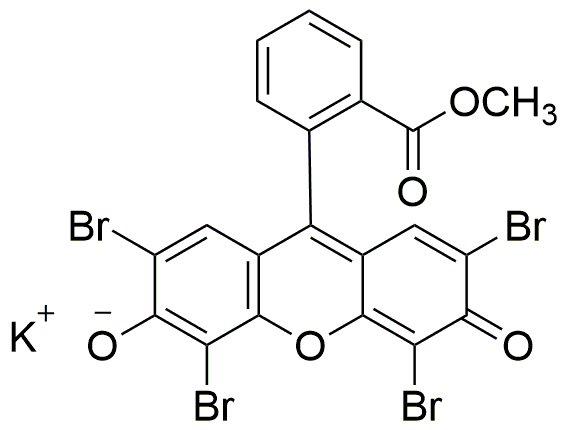Wright Stain solution, for microscopy is widely utilized in research focused on:
- Hematology: This stain is essential for differentiating blood cell types in blood smears, aiding in the diagnosis of various blood disorders such as anemia and leukemia.
- Microbiology: It helps in identifying and classifying microorganisms by providing contrast in cellular structures, making it easier to observe bacteria and parasites under a microscope.
- Pathology: The stain is used in tissue sample analysis, allowing pathologists to visualize cellular morphology, which is crucial for identifying diseases and abnormalities.
- Education: In teaching laboratories, it serves as a practical tool for students to learn about cell structure and function, enhancing their understanding of biological sciences.
- Research Applications: It is employed in various research studies to investigate cellular processes and interactions, contributing to advancements in fields like immunology and cancer research.
Informations générales
Propriétés
Sécurité et réglementation
Applications
Wright Stain solution, for microscopy is widely utilized in research focused on:
- Hematology: This stain is essential for differentiating blood cell types in blood smears, aiding in the diagnosis of various blood disorders such as anemia and leukemia.
- Microbiology: It helps in identifying and classifying microorganisms by providing contrast in cellular structures, making it easier to observe bacteria and parasites under a microscope.
- Pathology: The stain is used in tissue sample analysis, allowing pathologists to visualize cellular morphology, which is crucial for identifying diseases and abnormalities.
- Education: In teaching laboratories, it serves as a practical tool for students to learn about cell structure and function, enhancing their understanding of biological sciences.
- Research Applications: It is employed in various research studies to investigate cellular processes and interactions, contributing to advancements in fields like immunology and cancer research.
Documents
Fiches de données de sécurité (FDS)
La FDS fournit des informations de sécurité complètes sur la manipulation, le stockage et l’élimination du produit.
Spécifications du produit (PS)
Le PS fournit une description complète des propriétés du produit, notamment sa composition chimique, son état physique, sa pureté et les exigences de stockage. Il détaille également les plages de qualité acceptables et les applications prévues du produit.
Certificats d'analyse (COA)
Recherchez des certificats d'analyse (COA) en saisissant le numéro de lot du produit. Les numéros de lot et de lot se trouvent sur l'étiquette d'un produit, après les mots « Lot » ou « Lot de fabrication ».
Numéro de catalogue
Numéro de lot/série
Certificats d'origine (COO)
Ce certificat d'exploitation confirme le pays dans lequel le produit a été fabriqué, et détaille également les matériaux et composants utilisés et s'il est issu de sources naturelles, synthétiques ou autres sources spécifiques. Ce certificat peut être requis pour les douanes, le commerce et la conformité réglementaire.
Numéro de catalogue
Numéro de lot/série
Fiches de données de sécurité (FDS)
La FDS fournit des informations de sécurité complètes sur la manipulation, le stockage et l’élimination du produit.
DownloadSpécifications du produit (PS)
Le PS fournit une description complète des propriétés du produit, notamment sa composition chimique, son état physique, sa pureté et les exigences de stockage. Il détaille également les plages de qualité acceptables et les applications prévues du produit.
DownloadCertificats d'analyse (COA)
Recherchez des certificats d'analyse (COA) en saisissant le numéro de lot du produit. Les numéros de lot et de lot se trouvent sur l'étiquette d'un produit, après les mots « Lot » ou « Lot de fabrication ».
Numéro de catalogue
Numéro de lot/série
Certificats d'origine (COO)
Ce certificat d'exploitation confirme le pays dans lequel le produit a été fabriqué, et détaille également les matériaux et composants utilisés et s'il est issu de sources naturelles, synthétiques ou autres sources spécifiques. Ce certificat peut être requis pour les douanes, le commerce et la conformité réglementaire.


